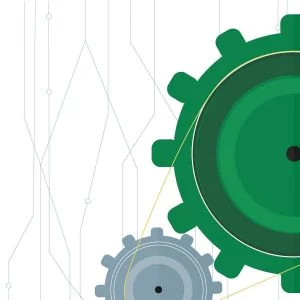
Are you ready to learn python programming fundamentals and directly apply them to solve real world applications in Finance and Banking?
If the answer is yes, then welcome to the “The Complete Python and Machine Learning for Financial Analysis” course in which you will learn everything you need to develop practical real–world finance/banking applications in Python!
So why Python?
Python is ranked as the number one programming language to learn in 2020, here are 6 reasons you need to learn Python right now!
1. #1 language for AI & Machine Learning: Python is the #1 programming language for machine learning and artificial intelligence.
2. Easy to learn: Python is one of the easiest programming language to learn especially of you have not done any coding in the past.
3. Jobs: high demand and low supply of python developers make it the ideal programming language to learn now.
4. High salary: Average salary of Python programmers in the US is around $116 thousand dollars a year.
5. Scalability: Python is extremely powerful and scalable and therefore real–world apps such as Google, Instagram, YouTube, and Spotify are all built on Python.
6. Versatility: Python is the most versatile programming language in the world, you can use it for data science, financial analysis, machine learning, computer vision, data analysis and visualization, web development, gaming and robotics applications.
Specification: Python & Machine Learning for Financial Analysis
|
10 reviews for Python & Machine Learning for Financial Analysis
Add a review Cancel reply
This site uses Akismet to reduce spam. Learn how your comment data is processed.

| Price | $11.99 |
|---|---|
| Provider | |
| Duration | 23 hours |
| Year | 2020 |
| Level | All |
| Language | English ... |
| Certificate | Yes |
| Quizzes | No |

$99.99 $11.99






Moreshwar Salpekar –
The course started in aa good way. The concepts were clear, Later on it picked up speed. Although every attempt was made to explain the concepts behind the lectures from 81 to 132, I feel these need to be explained more. I found that sometimes the calculations were done in longer loop. These could have been shortened for faster computation (at least as an alternative way). The splitting of lectures between lectures in part 3 meant that it was easy to lose track of what the matrix detail was. i almost did the mistake of using wrong dataframe/array. In lecture 124, I found https in negative sentiment even though i had added it to stop words. I could also see this in the word cloud in the course The most important problems are 1. questions are not answered on time and/or by assistants or teacher. I still have 2 unanswered questions. 2. The Monte Carol Simulation is not yet uploaded in spite of multiple questions being raised. most of the question on Monte Carlo have o be uploaded soon. While it is understandable that it could not be uploaded due to Covid, but we must have a rough idea at least on when the term soon will come true.
Jeremy Win Kean Chan –
Course was given in a clear and logical way, particularly in Part 1. However, in later parts, 2 and 3, some of the more complex code was skimmed through without giving sufficient explanation on its use case and parameters. There are also some missing vital lectures that have yet to be updated.
Nenad Petrov –
Very informative and detailed course
Felipe Foga a de Souza –
The section 17 has not been uploaded yet. It is unfortunate because this is one of the main reasons why I bought the couse. Otherwise, I could give 5 stars for sure.
Duy Anh Le –
Not a complete course
ArunMohan Mohan –
yes, looks good
Lamar Marshall –
good pace. very clear explanations
mostafa agbaria –
Section 17 is not there
Nagaraj Karanth –
Good
Steven Aceto –
So far, like the lecturer/presentation